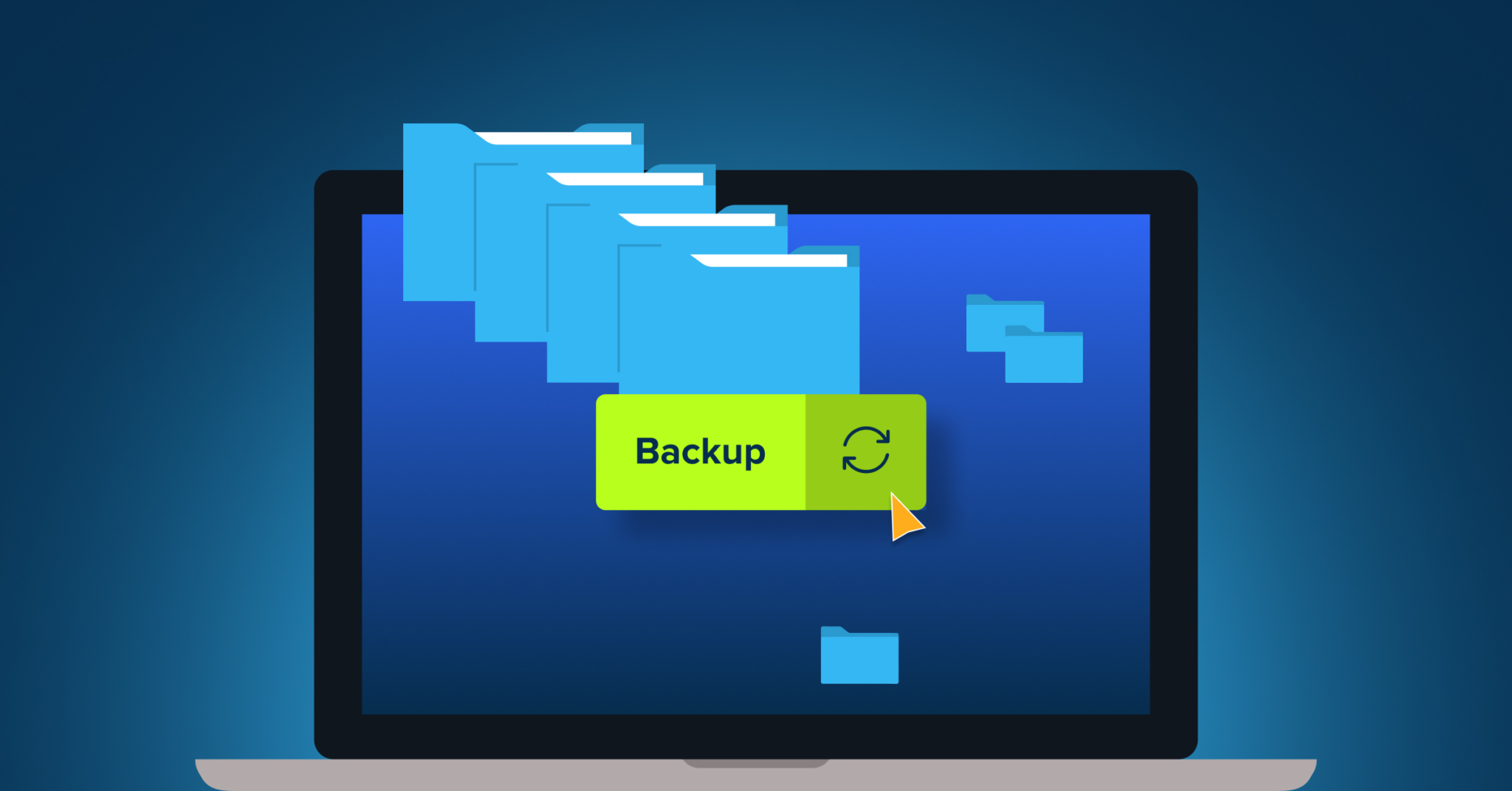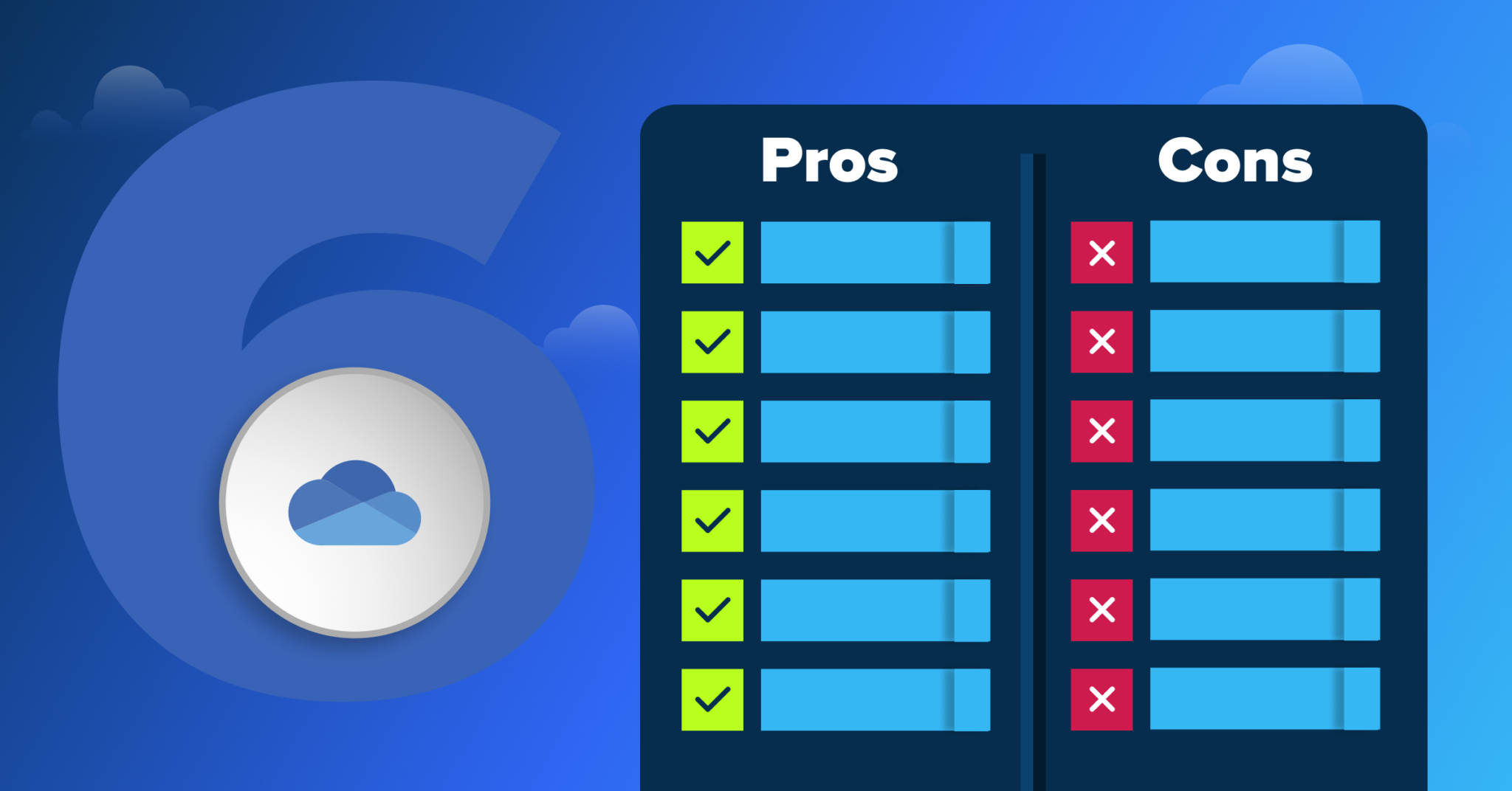
Whether you need to protect intellectual property, financial data, customer payment information, health records, or other sensitive data, your organization must prioritize data loss prevention (DLP). With a strong data loss prevention plan in place, you significantly lower the risks of non-compliance with data privacy or retention regulations, reduce costly downtime after a successful ransomware attack, and prevent damaged client trust due to leaked data.
What Is Data Loss Prevention?
Data loss prevention refers to preventative and emergency practices designed to stop an organization’s confidential or sensitive information from being stolen, lost, or leaked.
The 6 Main Data Loss Prevention Best Practices
As you try to implement a strong data loss prevention strategy in your organization, you can begin to build your strategy with the following six best practices for data loss prevention:
1. Identify and Classify Sensitive Data
To protect your sensitive data you first need to know what it is and where it’s located. To help you identify sensitive data, you’ll want to review any data privacy regulations that apply to your organization. For example, organizations should familiarize themselves with data subject to regulations like HIPAA, GDPR, or CCPA. These regulations will identify specific data (such as payment card or personal customer information) which must be treated with special care to remain in compliance.
Along with identifying any sensitive data your organization stores, you’ll want to classify all your data based on importance to business operations. Typically, organizations will classify their data by its value, sensitivity, and the impact it could have on their organization if it was lost or stolen. After classifying your data, you’ll know what information needs to be better secured and which should be your highest priority to protect.
2. Implement Access Controls
While most organizations would like to believe all their employees will properly handle data, employees make mistakes and will sometimes intentionally commit actions that result in lost data. As a result, your organization’s sensitive data should be restricted to trusted personnel who need the data to perform their jobs. Commonly used access control techniques include role-based access controls, strong policies against use of shared account credentials, and implementation of the principle of least privilege.
3. Encrypt Data At Rest and In Transit
Cyber attacks are a constant threat for modern organizations. This is due to ever-evolving hacking and malware techniques coupled with the omnipresent likelihood of human error. With the proper data encryption tools, your organization can reduce damage done when a cyber attack succeeds. Even if a cybercriminal gains access to your files, this data will be encrypted, preventing bad actors from viewing the contents —thereby reducing its value if leaked. Additionally, since many compliance regulations require certain types of data to be encrypted, encrypting your data at rest and in transit can also ensure you remain in compliance.
4. Follow the 3-2-1 Backup Rule
While encrypting your data and implementing access controls assist with data loss prevention from bad actors and internal threats, it doesn’t stop hardware failure, user error, or natural disasters from erasing your data. To prevent these threats, many organizations follow the 3-2-1 backup rule, which stipulates that organizations should keep three copies of their data on two different media types, with one of the data copies stored off-site.
Backing up your data to at least one off-site location (e.g., an endpoint backup provider’s cloud)can ensure your data is available for restoration when your hardware fails, a natural disaster destroys your on-site devices, an employee accidentally wipes a file, or ransomware locks your team out of their files. It’s typically recommended to back up your off-site copies to a third-party provider’s secure cloud, as this data won’t be affected if your organization’s security or storage devices are compromised.
5. Perform Security Audits
Spotting vulnerabilities in your organization’s security policies, hardware, software, controls, and procedures is essential to get ahead of various cyber threats. Scheduling regular security audits (composed of reviews of people, processes, and technology) allows organizations to find vulnerabilities that could result in stolen or lost data. After a security audit is performed, your team should take action to address weaknesses before a threat actor can exploit them.
When conducting audits, it’s important to remember that many people within your IT and Security team have worked tirelessly to provide the best and most secure platforms, policies, and services possible. Approaching each audit from the perspective of “continuous improvement” will increase candor and positive morale between the security team and the broader business.
6. Train Employees to Securely Handle Sensitive Data
Employee education is often an under-resourced pillar of a strong data loss prevention strategy. As most security research shows, the vast majority (as high as 88%) of data security incidents are caused by human error. The best way to address this risk is to hold regular sessions to teach your team what good security practices look like and how to avoid common security pitfalls and attack vectors.
Along with discussing cyber threats, training sessions should include reviewing your organization’s various data handling policies. Additionally, employee training sessions offer a great forum for discussions with team members about ways in which processes might be improved to meet the needs of the business while maintaining data security. You’ll also want to train relevant employees on incident response procedures so they can react quickly and effectively in case a data breach occurs.
Endpoint Backup Solutions for Data Loss Prevention
At CrashPlan, we’re proud to support data loss prevention efforts at organizations of all sizes by providing endpoint backup solutions. With CrashPlan, data stored on your organization’s endpoints will be backed up to our secure cloud every fifteen minutes. We also protect your data in transit and at rest with leading encryption technology to help you prevent data loss and comply with relevant regulations.
Learn more about our endpoint backup solutions today. If you’d like to try our endpoint backup solutions for data loss prevention, please sign up for our free trial.






